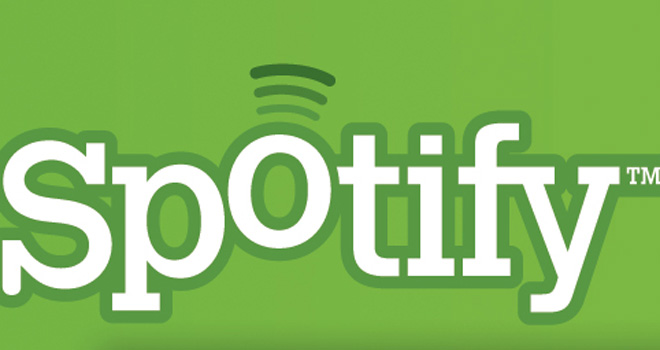After many a false start, the popular European music service Spotify launched Thursday in the United States to much fanfare.
But what’s the big deal? We’ve got a plethora of music experiments underway in the United States, and cloud-based music services are making their way into the U.S. market from Amazon.com, Apple and Google.
One of the main conceptual differences: Subscribers don’t have to own the music to listen to it.
Instead, the service, which has 15 million tunes in its database, streams music to its users on demand. The tunes and playlists that listeners call up and create can be cached on their computers and mobile devices if they choose to pay Spotify’s monthly fees.
“For a lot of people, it’s just so much easier to plug into a music collection that’s already there [in the cloud,] and to build your personal playlists without having to sync it all,” says New York-area digital music consultant Jennifer Lane of Audio4Cast.
The free version in the United States comes with limitations, such as a cap of 10 hours of tunes a month, and audio ads. Paid versions of the service offer more features, such as better sound quality, the ability to listen to tunes and playlists when you’re offline, and access through your mobile device.
Music industry insiders are hoping that Spotify’s “Freemium” business model combined with its cool social interface will be another way to lure people who don’t want to pay for music to yes, actually pay.
“I think there’s a big shift in the need to actually own the songs, and that’s the wave that Spotify wants to ride, that people no longer feel that they have to own it to listen to it,” says Lane.
The key is in giving people a tier of free access and then giving them the ability to upgrade, access and share their musical tastes and tunes with their friends on social networks like Facebook, and through their mobile devices. It’s the idea of providing music fans with easy-to-use, spontaneous access whenever and however they want that Spotify is capitalizing on.
Lane notes in a blog post on her web site that Spotify has 10 million subscribers in Europe, with 1.6 million of them paying for the service. The difference is that they offer an unlimited ad-supported version that’s not available in the United States.
In contrast, music streaming service Pandora has 100 million registered users. But the service doesn’t allow the control over music selection that Spotify does.
The music service that Spotify most resembles is Rhapsody. But as longtime music writer Eliot Van Buskirk notes at his blog Evolver:
The main factor that prevents it from merely being Rhapsody’s good-looking Swedish cousin is that you can use it for free, forever, so long as you’re willing to put up with limits on how many times you can stream a song (five) and how many hours of music you can stream per month (ten). These limits kick in after a six-month all-you-can-listen period.
For now, the free version is by invitation-only. If you’re lucky, you might be able to score an invite at the influence metrics firm Klout.com, but some people who have tried Thursday say that the system is currently overloaded and isn’t responding to invite requests.
For digital music geeks, Gizmodo has a handy user guide and Wired.com has a Spotify power user guide.






